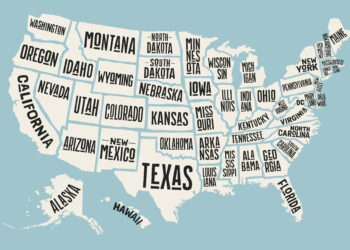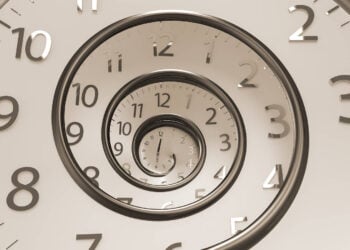For many years, the divorce rate has hovered around 50 percent. That statistic hasn’t changed, but recently researchers have found that a higher proportion of those divorcing couples are over 55. Many couples going through a gray divorce have, not surprisingly, been in long term marriages, presenting a very different set of issues in a divorce case than their younger counterparts.
A younger couple’s divorce issues often center on child-related matters such as child custody and parenting time, occupancy of the family home to maintain stability for children, funding of college accounts, payment for sports and extracurricular activities, choice of child care and private school tuition.
Divorce for Younger Couples
While there are still the issues of asset/ liability distribution, spousal maintenance and division of nonmarital property, they are much easier to address for younger couples. There is often the expectation that both parties will work outside the home, so spousal maintenance is often not an issue. Dependent spouses without job training are generally young enough to enter an education or training program, and still have a long working life ahead of them. If there are nonmarital claims, the claims are often easier to prove as tracing records are still available. Additionally, many times younger couples have prenuptial agreements, which set out how marital and nonmarital assets are to be divided. Retirement plan values are often modest and easily divided without tax consequences by a qualified domestic relations order (QDRO).
Why Gray Divorces are Different
The issues of the gray divorcing couple are quite different. Their children are grown, often finished with college and living on their own. Many older couples have accumulated substantial marital estates, including ownership interests in businesses, family trusts and commercial real estate. These types of assets often require that the lawyers retain valuation experts, an expensive and time consuming process. Retirement plans may be in payout status and are no longer able to be divided between the parties by a tax free transfer through a QDRO. The marital homestead, large enough to shelter four to six people no longer serves the needs of a single older person and may have to be sold to allow each spouse to purchase a residence more suitable to their needs.
From Homemaker to Divorcee
Many wives in gray divorces lived their entire married lives during an era when the woman’s primary occupation was homemaking and parenting. At 55-plus, they are looking forward to their retirement or new responsibilities of caring for grandchildren or aging parents. They are shocked to learn that at 55 they have 10 productive “working” years left and under the decision in Passolt v. Passolt, they are expected to return to the marketplace and attempt to contribute to their own support.
The Investment Account Conundrum
Another complicating factor in a gray divorce is income that can be imputed to a spouse from assets. Many older couples have investment accounts and other assets that were accumulated during the marriage. When considering how much a person can pay in spousal support, as well as what a spouse needs in spousal support, the court must consider investment income. Is the rate of return the asset has been earning during the marriage acceptable or is a party required to restructure their portfolio to generate income rather than growth? What rate of return should be imputed to the investments? For example, if the asset is a vacation home, is the spouse awarded the home expected to sell it and invest the proceeds to produce income, even if the vacation home was part of the marital lifestyle? This was certainly implied in the recent case of Spolum v. D’Amato. Spolum v. D’Amato, No. A14-1335, 2015 WL 4877577 (Minn. Ct. App. Aug. 17, 2015).
The Issue of Health
Health issues also become more important in a gray divorce. Is the spouse suffering from chronic conditions, such as diabetes, high cholesterol or obesity? Health issues should be thoroughly explored and updated physical examinations conducted to determine if a reservation of spousal maintenance or an unequal division of property is appropriate. Is one spouse older than the other so that future insurance costs must be considered because one spouse will be eligible for Medicare long before the other?
Dealing with Retirement Assets
Retirement assets are usually divided equally between the parties in a divorce so future tax consequences are apportioned fairly. What is the purpose of those retirement assets? Is a dependent spouse expected to invade retirement assets to supplement income? Is the invasion limited to the income generated by the retirement asset, or is a spouse expected to spend down retirement assets to meet living expenses in anticipation of death?
Spousal Maintenance in a Gray Divorce
In determining an award of spousal maintenance or an unequal property distribution in a gray divorce, what consideration should be given to future Social Security income? Are current projections of this type of income reliable enough to deny an award of spousal maintenance or is a reservation required?
The Question of Retirement Age
Finally, what is a reasonable retirement age? Is it still 65, or is the expectation that if you are healthy, you should continue to work? What if your career is in a profession that has a mandatory retirement age? Can you retire at that age and not be expected to pay spousal support? Or are you expected to find another job where you can continue to earn income?
This year, the Minnesota Academy of Matrimonial Lawyers’ fall Divorce Camp focused on the gray divorce as it is becoming an important issue in Minnesota. Although many of these questions continue to go unanswered by statute or case law, it is vital to consider them when advising older clients going through a divorce.








